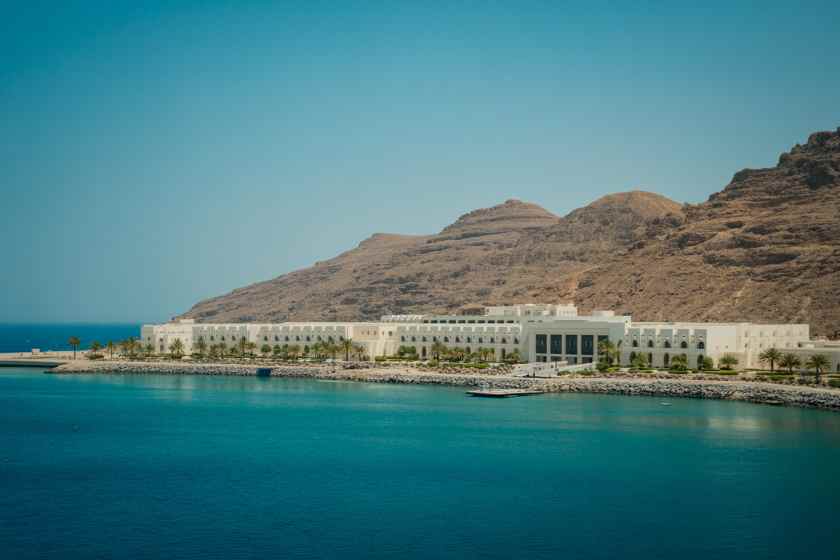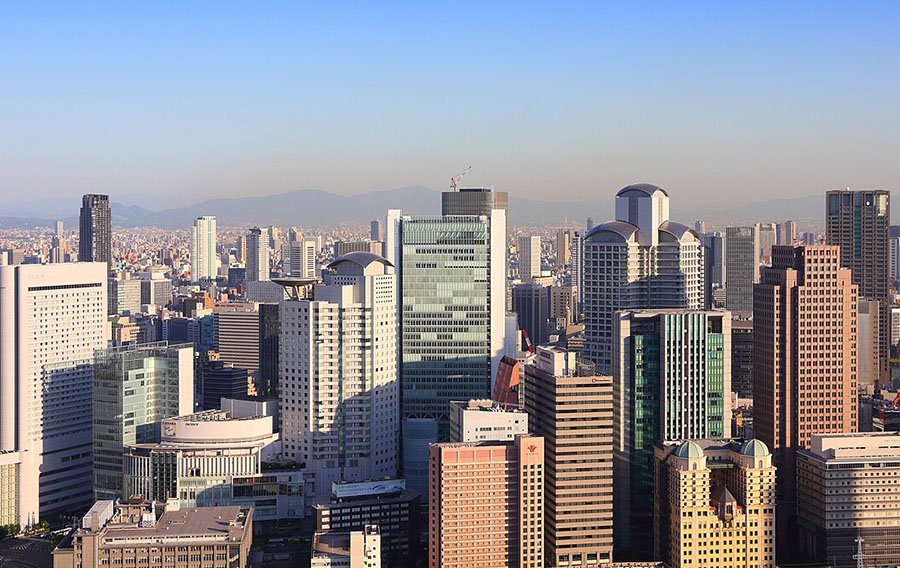Oman’s Tourism Surge: Hotels Record Double-Digit Growth in Revenue and Guests in 2025

The tourism recovery in Oman has entered a new growth phase, with the hotel industry reporting a sharp 18.2% rise in revenue and a 9% increase in guest numbers by September 2025. According to data from the National Centre for Statistics and Information (NCSI), total revenue from 3- to 5-star hotels reached OMR 193.36 million (USD 503 million), up from OMR 163.63 million a year earlier.
This robust performance highlights Oman’s position as one of the fastest-recovering tourism markets in the Middle East, driven by international arrivals, domestic travel, and the country’s growing reputation for safe, authentic, and sustainable experiences.
A Record Year for Revenue and Guest Numbers
From January to September 2025, 1.69 million guests stayed in Oman’s 3–5 star hotels — 139,589 more than in 2024. This surge underscores how successfully the Sultanate has rebounded from the global downturn, supported by strategic marketing and enhanced tourism infrastructure.
Muscat’s forts, souks, and beaches, along with eco-adventure destinations in Dhofar and the mountains of Jabal Akhdar, remain key attractions. Airlines have expanded connections to the country’s main airports, while new resorts and boutique hotels are drawing high-value visitors seeking culture, heritage, and luxury.
Occupancy Rates Rise Above 50% — A Key Milestone
Oman’s 3–5 star hotels recorded an occupancy rate of 52.8% by September 2025, up from 46.7% the previous year — a 13.1% increase. This level of recovery is rare in the regional market and reflects the strong performance of both leisure and business segments.
Industry observers attribute this growth to targeted promotional campaigns, increased family travel, and a wider perception of Oman as a safe and hospitable destination. The extension of travel seasons and rising demand from GCC neighbors have also helped balance the country’s traditional high and low seasons.
New Investments and a Diversified Hotel Portfolio
The expansion of Oman’s tourism industry is strongly linked to new investments in infrastructure and the construction of luxury, boutique, and eco-friendly hotels. These properties, often integrated into natural or historical settings, appeal to travelers seeking authenticity and comfort.
Recent projects on the coastline, in the desert, and in mountain regions highlight Oman’s strategy to diversify its offerings — from wellness and adventure retreats to family-friendly resorts and cultural experiences. This mix has positioned the Sultanate as a leading destination for high-value, sustainable tourism.
Domestic Tourism: A Key Driver of Resilience
While international arrivals continue to grow, domestic tourism is emerging as an important pillar of the recovery. More Omanis are exploring their own country, encouraged by national campaigns promoting cultural heritage, outdoor experiences, and regional travel.
Government initiatives have supported this trend through domestic travel promotions and infrastructure upgrades in regional towns and coastal areas. As a result, hotels beyond Muscat — particularly in Sur, Nizwa, and Salalah — are seeing a rise in occupancy from local travelers.
A Sustainable Vision for Omani Tourism
Sustainability remains central to Oman’s tourism strategy. The government’s focus on eco-friendly development, environmental protection, and local community engagement has created a foundation for long-term success. Many new hotels integrate renewable energy systems, waste reduction programs, and cultural preservation efforts, aligning with Oman Vision 2040 goals.
This commitment not only attracts conscious travelers but also ensures that the country’s tourism growth does not come at the expense of its environment or heritage.
Critical Insight from International Investment Experts
Analysts from International Investment emphasize that Oman’s tourism success story comes with strategic challenges:
“The sharp growth in hotel revenue and occupancy is a clear indicator of recovery — but the market’s next challenge is sustainability and diversification. Oman must avoid overreliance on luxury infrastructure and ensure that midscale and regional hospitality sectors receive equal investment. The domestic market is growing, but international competitiveness depends on consistent air connectivity, workforce development, and smart pricing strategies.”
Experts note that while Oman’s tourism expansion is impressive, operational efficiency and long-term value creation will define whether the country’s momentum translates into sustained profitability through 2026–2027.
Outlook: From Recovery to Resilience
The latest data confirm that Oman’s hotel and tourism industries are not only recovering but expanding with renewed strength. The combination of international arrivals, domestic travel, and sustainable practices positions Oman as a leading destination in the Gulf.
However, experts caution that continued growth will require balanced development, skilled workforce training, and digital transformation in hospitality management. If Oman meets these conditions, it can solidify its role as a model for sustainable tourism in the Middle East.
Подсказки: Oman, tourism, hotels, hospitality, Muscat, revenue growth, sustainability, Middle East, International Investment, travel











